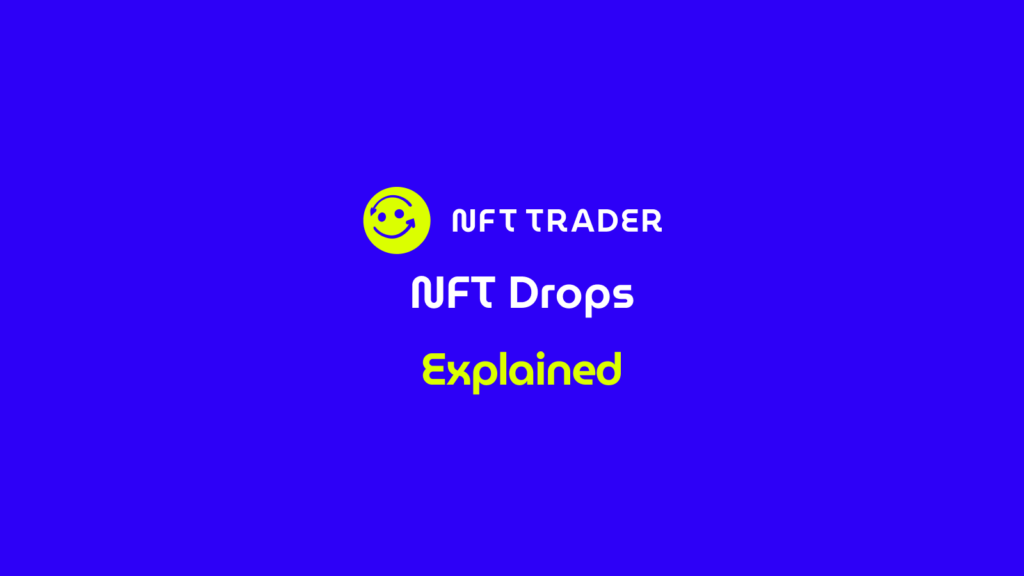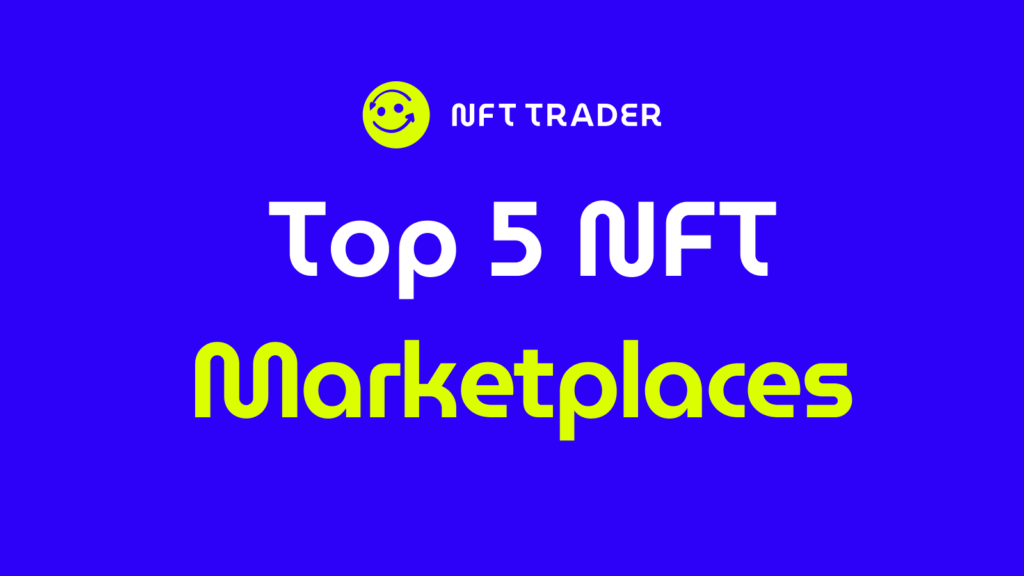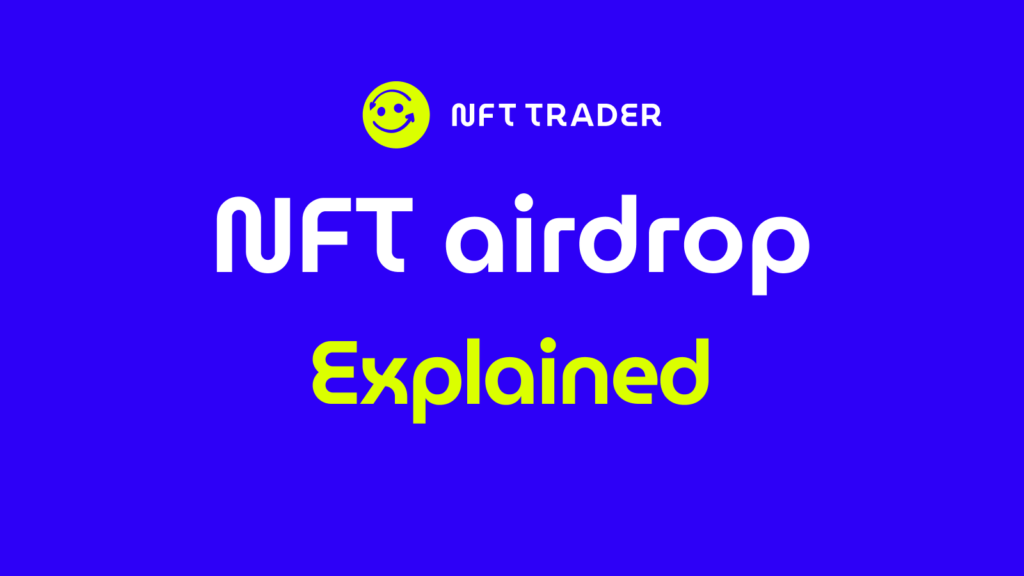NFT drops explained: unpacking the exciting world of NFT releases

As you venture into the world of NFTs, you’ve undoubtedly encountered the term “NFT Drop.” But what precisely does this term signify?
An NFT Drop marks the inaugural sale of an NFT, which may encompass diverse entities ranging from artwork and collections, such as profile pictures (PFPs), to powerfull in-game assets. The allure of a drop resonates on multiple fronts: for buyers, it offers the chance to acquire a rare and coveted collectible; for artists and game designers, it brings their creations to life in a tangible way.
Yet, the excitement of a drop is intertwined with a certain trepidation. This pivotal moment is laden with anticipation and a degree of anxiety, as unforeseen challenges can arise. Nevertheless, the experience encapsulates both the thrill of potential rewards and the apprehension stemming from the unknown.
Summary:
- Understanding NFT Drops
- Where to Find NFT Drops
- How to evaluate NFT Drops
- Where to Find NFT Drops
- Common Scams in the NFT Space
Understanding NFT Drops
NFT drops constitute a significant milestone within a project’s trajectory. While it might be a common assumption that a project’s work concludes after the drop, the reality is quite the opposite. Post-drop marks the commencement of an interactive journey. Project owners initiate engagement with their initial users, sparking dialogues and welcoming invaluable feedback that fuels refinement and growth.
Simultaneously, users become empowered to leverage their acquired NFTs in multifarious ways. They can partake in the vibrant ecosystem by trading or bartering these assets on NFT Marketplaces, amplifying their involvement within the broader NFT community. Furthermore, NFTs can manifest their utility within favored games, enhancing gameplay experiences or unlocking exclusive content.
The post-drop phase serves as the embryonic stage of collaboration, evolution, and exploration for both project owners and users, embodying the essence of NFTs’ interconnected and dynamic nature.
Types of NFT Drops
The landscape of NFT Drops encompasses diverse formats, contingent upon the project creator’s intent to distribute the NFTs. Here’s an updated list of distinct drop types:
- Free Mint: In this scenario, creators offer NFTs free of charge, enabling users to claim them with ease.
- Minting with Fixed Price: Creators set a predetermined price for NFTs, enabling interested parties to purchase these assets at the stipulated rate.
- Token Gated Mint: Here, NFT minting is restricted to a pre-approved list of users who possess specific assets. The whitelist criteria might be ownership of certain tokens. Such drops can be both free or paid, depending on the creator’s choice.
- Bonding Curve Mints: This variant introduces a unique twist to NFT minting. After the initial issuance of NFTs, subsequent participants can mint new copies of the original NFTs. However, as more copies are minted, the value of the first-minted NFTs tends to increase compared to the later ones. This differentiation is attributed to the progressive identifier assigned to each new copy.
- Mint by Achievement: Certain NFTs can be obtained by completing specific tasks or activities, such as following project social pages or participating in real-world events. Accomplishing these requirements earns users a whitelist status for minting. Depending on the project’s approach, these mints could be free or paid.
The spectrum of NFT drop types underscores the creative freedom and versatility of the NFT ecosystem, catering to diverse user preferences and project dynamics.
Timing and Minting Price
Timing plays a pivotal role in the process of minting an NFT. At times, the anticipation surrounding a heavily hyped collection can attract a surge of buyers. During a scheduled NFT drop, being online and ready becomes crucial to secure the opportunity for minting. The approach to minting varies: some instances allow immediate minting once the platform updates, while others involve joining a queue and hoping for the chance to mint as one’s turn arrives.
The minting price is typically disclosed alongside NFT Drop announcements, offering clarity to prospective participants. However, on occasion, a scenario known as a “failed-mint” arises, signifying that the collection hasn’t completely sold out. In response, project creators face several options. They can opt to conclude the drop with the minted NFTs, distribute the remaining NFTs as giveaways, or allocate them to those who have already purchased NFTs within the same collection.
Mastering the timing and understanding these potential outcomes aligns with a well-informed approach to NFT minting, enhancing the chances of securing desired assets within this dynamic ecosystem.
For more informations related to the minting, we gave more information here: NFT minting: what is it and how does it work?
Popularity and Abundance
Certain NFTs carry the endorsement of significant brands or influencers, lending them substantial appeal. Vigilance and thorough research are imperative in such instances. Regardless of the minting context, it’s essential to conduct your due diligence. High-profile NFT Drops, accompanied by substantial popularity, often pose formidable challenges from a developmental standpoint. In some cases, it might be prudent to consider bypassing the primary minting process and instead acquiring the desired NFT from a secondary marketplace. This strategic approach acknowledges the complexities associated with highly anticipated drops and underscores the importance of making informed decisions that align with your goals and preferences.
It’s crucial to acknowledge the diversity inherent in NFTs. They can encompass a range of formats and purposes. There are instances where an artist offers a singular 1/1 piece, while in other cases, a sizable collection of 10K NFTs serves as a versatile option, potentially serving as profile pictures (PFPs). Moreover, the NFT landscape expands to include non-traditional items like music NFTs or even Open Edition NFTs that lack a predefined limit.
Understanding the scope of a collection, specifically the concept of abundance, holds significance. Some individuals gravitate towards NFT collections with a predefined total supply readily available for minting. This consideration underscores personal preferences and aligns with the broader dynamics of the NFT market, offering a nuanced perspective on the intricate world of digital collectibles.
Where to Find NFT Drops
Navigating the quest for an upcoming NFT Drop can indeed be challenging. The question of how to discover these events looms large. In response, artists and creators of NFT collections have turned to social platforms like Twitter, Discord, and Reddit to herald the impending arrival of new NFT drops, pinpointing specific dates.
In addition to these organic methods, alternative avenues have surfaced. Prominent NFT marketplaces orchestrate drops in collaboration with renowned artists or companies, thereby enriching the landscape of potential opportunities.
Moreover, a burgeoning niche of websites functions as dedicated directories of NFT drops. These platforms empower users to explore an array of drops, enabling them to identify captivating prospects and effortlessly incorporate them into their schedules.
This process underscores the dynamic nature of the NFT ecosystem, where diverse channels converge to announce and facilitate NFT drops. By staying attuned to these platforms and adopting innovative resources, enthusiasts can seamlessly engage with the evolving world of digital collectibles.
How to evaluate NFT Drops
In the dynamic landscape of emerging technologies, assessing an NFT Drop is a multifaceted endeavor. The initial step involves conducting comprehensive research to ascertain the identity of the creators and the team steering the project. Establishing familiarity with individuals who possess recognition and prominence within the space can significantly influence the decision-making process. A project backed by well-known and established figures tends to infuse a sense of assurance, thus rendering the minting experience more reassuring compared to ventures helmed by lesser-known artists or collection creators.
Furthermore, aligning with security and reliability, a prudent strategy is to gravitate towards trusted and esteemed NFT Marketplaces. These platforms, celebrated within the NFT community, offer a level of credibility that can mitigate risks associated with less reputable or unverified sources.
The evolving nature of the NFT space underscores the importance of thoughtful evaluation and vigilance. By embracing these principles and leveraging reputable platforms, participants can partake in the excitement of NFT Drops while exercising caution and safeguarding their interests.
Things to Avoid When Buying NFT Drops
Navigating the landscape of NFT Drops involves identifying red flags to ensure a secure and rewarding experience. Staying vigilant in recognizing warning signs is paramount. An integral rule is to engage only with projects that genuinely resonate with you. If a drop involves in-game NFTs for an RPG but role-playing games don’t pique your interest, it’s advisable to steer clear. Likewise, exercise caution when encountering collections that aggressively promote their mints, especially amid a surge of attention. In such instances, conducting thorough research becomes a crucial shield against potential pitfalls. Remember, the secondary market remains an option to acquire assets that align more closely with your preferences and requirements.
In the dynamic realm of NFTs, conducting comprehensive research is imperative. Another crucial factor is your budget. Adhering to an affordable range safeguards your financial interests. However, refrain from basing decisions solely on affordability. Multiple opportunities might seem enticing, but distinguishing the complex and promising ones necessitates discernment. This underscores the significance of understanding the artists or teams spearheading NFT projects.
By remaining attentive to these considerations, enthusiasts can approach NFT Drops with a blend of caution and enthusiasm, ensuring that their participation aligns with their preferences, budget, and the credibility of the project.
Vigilance against potential scams remains paramount in the realm of NFTs. Safeguarding yourself from fraudulent activities is an ongoing necessity. A prudent approach to mitigate this risk involves refraining from participating in the first mint on an unfamiliar project’s official website. Instead, prioritize established secondary marketplaces to acquire assets, which inherently offer an additional layer of security. Alternatively, when dealing with reputable platforms or known entities, minting NFTs directly from them can provide a safer avenue for engaging with the space. By heeding these precautions, enthusiasts can navigate the NFT landscape with greater confidence, minimizing exposure to potential scams and fraudulent schemes.
Common Scams in the NFT Space
Scams within the NFT space are pervasive and demand vigilant attention. Instances of fake NFTs, where the metadata mirrors that of legitimate NFTs while employing distinct smart contracts, exemplify the cunning nature of such fraudulent activities. Similarly, marketplaces showcasing NFT collections bearing strikingly similar names to reputable ones can lead to confusion and deception.
Another breed of scams involves phishing websites. These deceptive sites closely mimic official platforms but intend to compromise your wallet’s security. A crucial safeguard is to meticulously verify the authenticity of the website you’re using, steering clear of unfamiliar sites. Bookmarking official websites provides a direct and secure avenue for engagement.
Furthermore, a prudent practice involves refraining from clicking on links within social direct messages. Although it was once common, this tactic still persists and can be leveraged to deploy scams. Adhering to these precautions fortifies your defenses against scams, underscoring the importance of maintaining a cautious and discerning approach within the NFT ecosystem.



